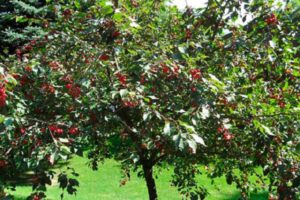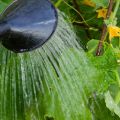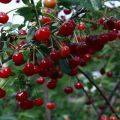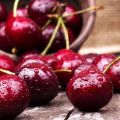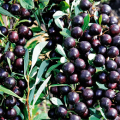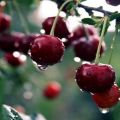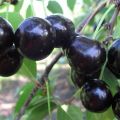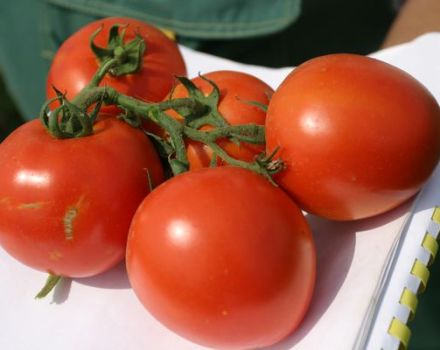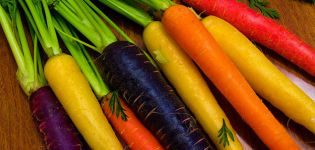Characteristics and description of Dobraya cherry varieties, advantages and disadvantages
The original variety, distinguished by its special taste, was obtained by crossing a cultivated plant with a bird cherry. The result is the Dobaya cherry variety - winter-hardy, hardy and fruitful. The small size of the berries is compensated for by their taste - it's better not to come up with wine, juice, jam.
Description
Cherry differs in qualities that are in demand in the harsh climate of Siberia and the Urals: it tolerates frosts, pleases the owners with abundant harvests of small but tasty fruits. The variety inherited a slight bitterness from the bird cherry, but it acquired extraordinary endurance and vitality.
Carrying out the description of the variety in horticultural reference books, breeders are advised to test it where other species do not take root well: the Good one will definitely begin to grow and bear fruit.
Advantages and disadvantages of the variety
The benefits are briefly described by the following criteria:
- Frost resistant.
- Hardy.
- Yielding.
- Delicious.
- Universal use (for homemade products, winemaking).
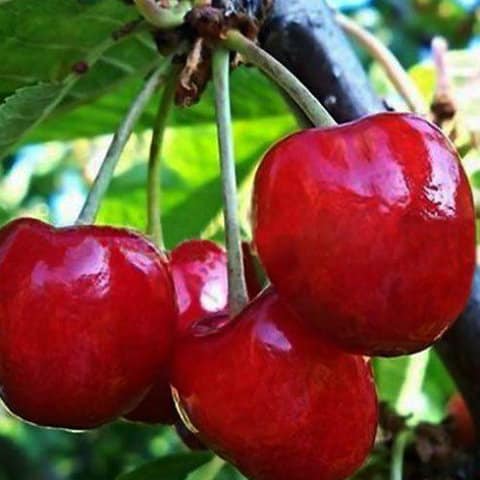
There are also disadvantages. The berries are small, bitter-tart, with a late ripening period (fully ripen in September).
Characteristics of the tree and fruit
Outwardly, the Kind resembles a bird cherry: the same undersized bushes, generously strewn with often located inflorescences. The color of the berries is dark, almost black; they are round, small (up to one and a half grams), fragrant and slightly bitter.
The tree, during flowering or fruiting, will decorate the backyard. Cherry is surprisingly harmoniously developed for its size, with a slender, straight stem and vertically oriented shoots.
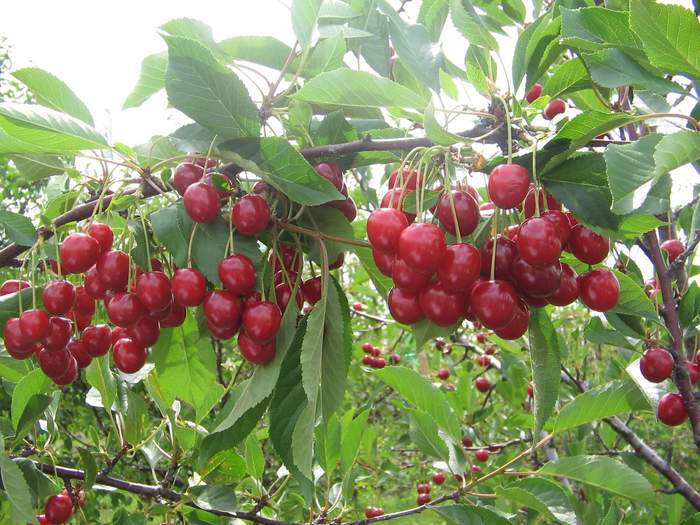
Features of planting and care
The kind one does not require excessive care: she has enough watering and regular feeding. It can grow in 2 varieties: with boles and standard-bush. In winter, it does without shelter, calmly endures severe frost.
For planting, they choose not swampy, well-ventilated (possible on a hill) places, with light and drained soil.
The southern slopes are not suitable, the western, north-western and south-western directions are preferable. The acidity of soil mixtures (loam is best) is in the range of 6.5-7 pH. Clay soils are not recommended; liming is carried out a year before planting the seedlings.

Another important rule: in the harsh growing conditions, the Good One needs to be "pampered" - more thoroughly prepare the soil for her and fertilize more abundantly. Poor soils are fed with minerals - phosphorus and potassium, organic matter (humus) is added. Compost is also suitable. Watering should be abandoned altogether if the soil is sufficiently fed with moisture in the aquifers.
Cherry tolerates drought better than overflow.It is easy to determine the place for planting in the garden by the presence of cherry-friendly neighbors: where bird cherry, oak or maple, mountain ash, beans grow, the Good will take root.
